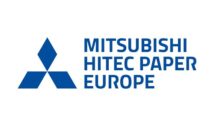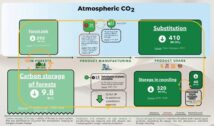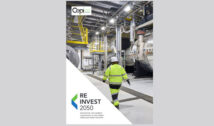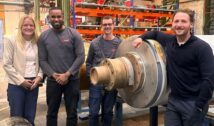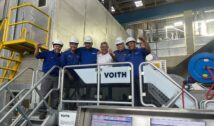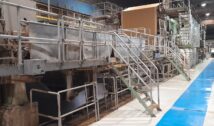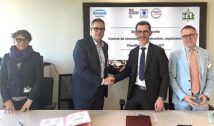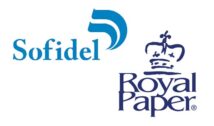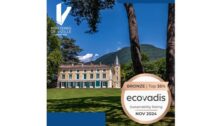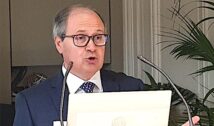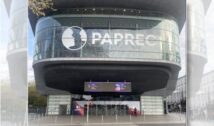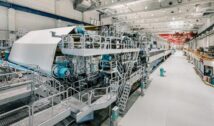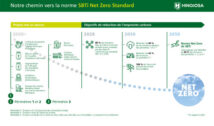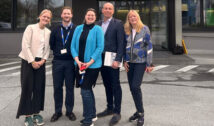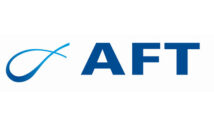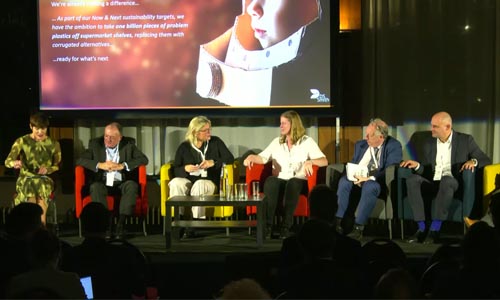
More than 150 people joined in Brussels and online to celebrate the 3-year anniversary of 4evergreen at a conference recognising the alliance’s achievements so far and exploring how to maximise industry uptake of 4evergreen’s circularity toolbox.
“After three years of intense work, we have a set of resources that is open to everyone”, said Hans Wortman, 4evergreen Chair. “It is now the turn of companies, partners, and public authorities to use them and continue paving the way to Europe’s green future”.
With the Packaging and Packaging Waste Regulation being voted on the same week in the European Parliament, a highlight of the conference was a policy panel exploring how fibre-based packaging can continue to lead on sustainability and circularity in the new policy landscape.
“We are optimistic that, upon the adoption of the proposal for the Packaging and Packaging Waste Regulation (PPWR), we can collectively make it work. Acknowledging that we don’t possess all the solutions, our commitment is to stay engaged with the industry and environmental organizations. Together, we aim to identify economically efficient solutions that align with the sustainability expectations of consumers,” said Aurel Ciobanu Dordea, Director, European Commission, Directorate-General for Environment, Circular Economy.
In light of the rising demand for sustainable packaging Sarah Price, 4evergreen Co-Chair, Michelle Gibbons, Director General at the European Brands Association (AIM), Arnas Liauksminas, Attaché for Environment, Permanent Representation of Lithuania to the EU and Tahmid Chowdhury, Programme Manager at the Cambridge Institute for Sustainability Leadership (CISL), discussed the challenges and opportunities for the sector. The conversations highlighted the need for enhanced stakeholder collaboration across the value chain to drive change. They also emphasized the key role of consumers in this process and the challenge of adopting a systemic approach for circularity and navigating legislative complexities.
A Journey of maintaining high circular ambitions
Over the past three years, 4evergreen has been working on the release of its three major deliverables for fibre-based packaging sustainability: the Recyclability Evaluation Protocol, the Circularity by Design Guideline and the Guidance on Improved Collection and Sorting. During the conference, 4evergreen experts showed how companies can use the tools to improve recycling outcomes.
Creating an accessible toolbox is central to 4evergreen’s goal of reaching a 90% recycling rate of fibre-based packaging by 2030. 4evergreen’s Programme Director Susanne Haase, and representatives Regina Knoll (WestRock), Maria Holopainen (Stora Enso), and Gabriella Tomolillo (Tetra Pak), recalled the journey the alliance has taken to establish this goal and work towards completing the toolbox, since its early beginnings in 2020.
Drawing from circular best practices
Following on from what the value chain and brands are doing, the conference then showed how the industry can continue to work towards a competitive and sustainable Europe by turning guidance and best practices into action.
This is what 4evergreen believes in, and to demonstrate how the alliance’s own toolkit enables actionable change, member companies presented their “Circularity Success Stories”.
Five projects were presented:
- Addressing Recyclability Challenges: Aquapak Developing re-pulpable and bio-digestible barrier coatings for functional fibre-based packaging
- Design for Circularity: SIG, SIG Terra alu-free full barrier
- Improve Collection & Sorting: Huhtamaki, Seda, Stora Enso, McDonalds – The Cup Collective
- Circularity Best Practices: Elopak – Tetra Pak – SIG – Palurec PolyAl Recycling Plant
- Landmark Investments Project enabling our Key Targets: DS Smith, Fibre and Paper Development Laboratory, or “Fibre Lab”.
A special publication, the “3rd Anniversary Report”, was launched, with links to all 22 circular stories from its members.
Throughout the whole day, participants had the opportunity to read the report and to network and discuss potential collaborations over lunch and a final networking cocktail. The occasion provided a valuable platform for direct interaction with policymakers and collective efforts to build a more circular society.


